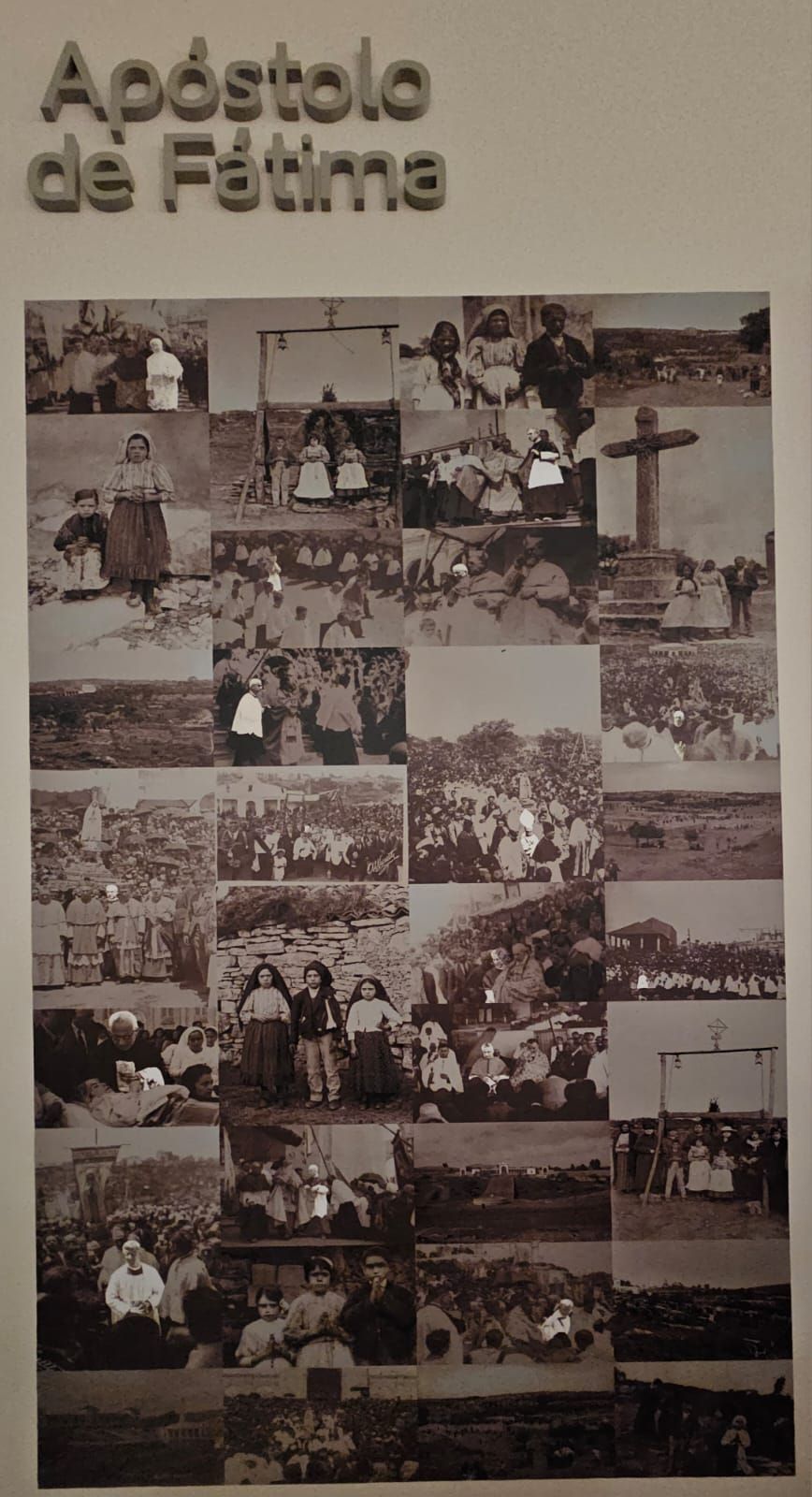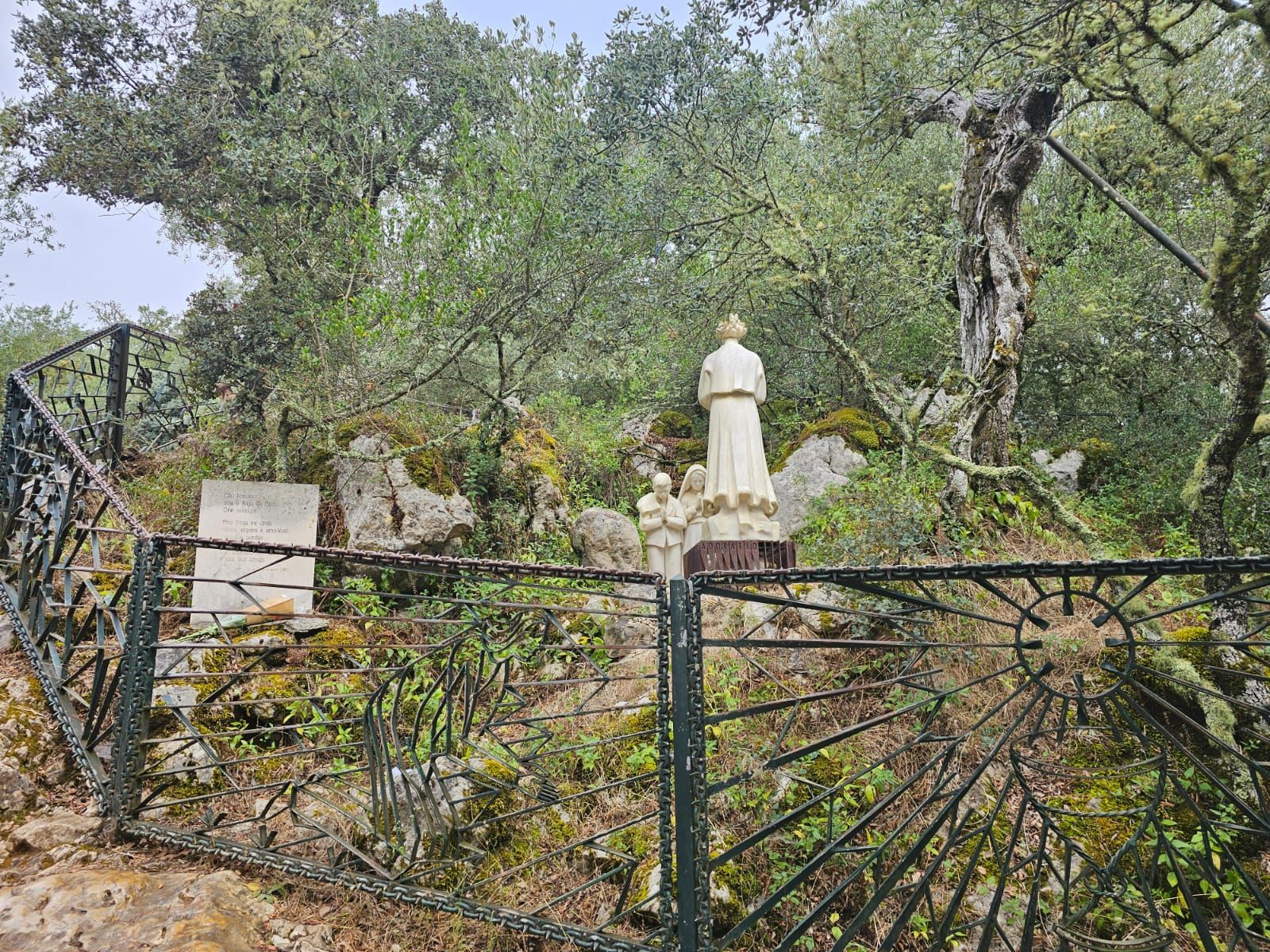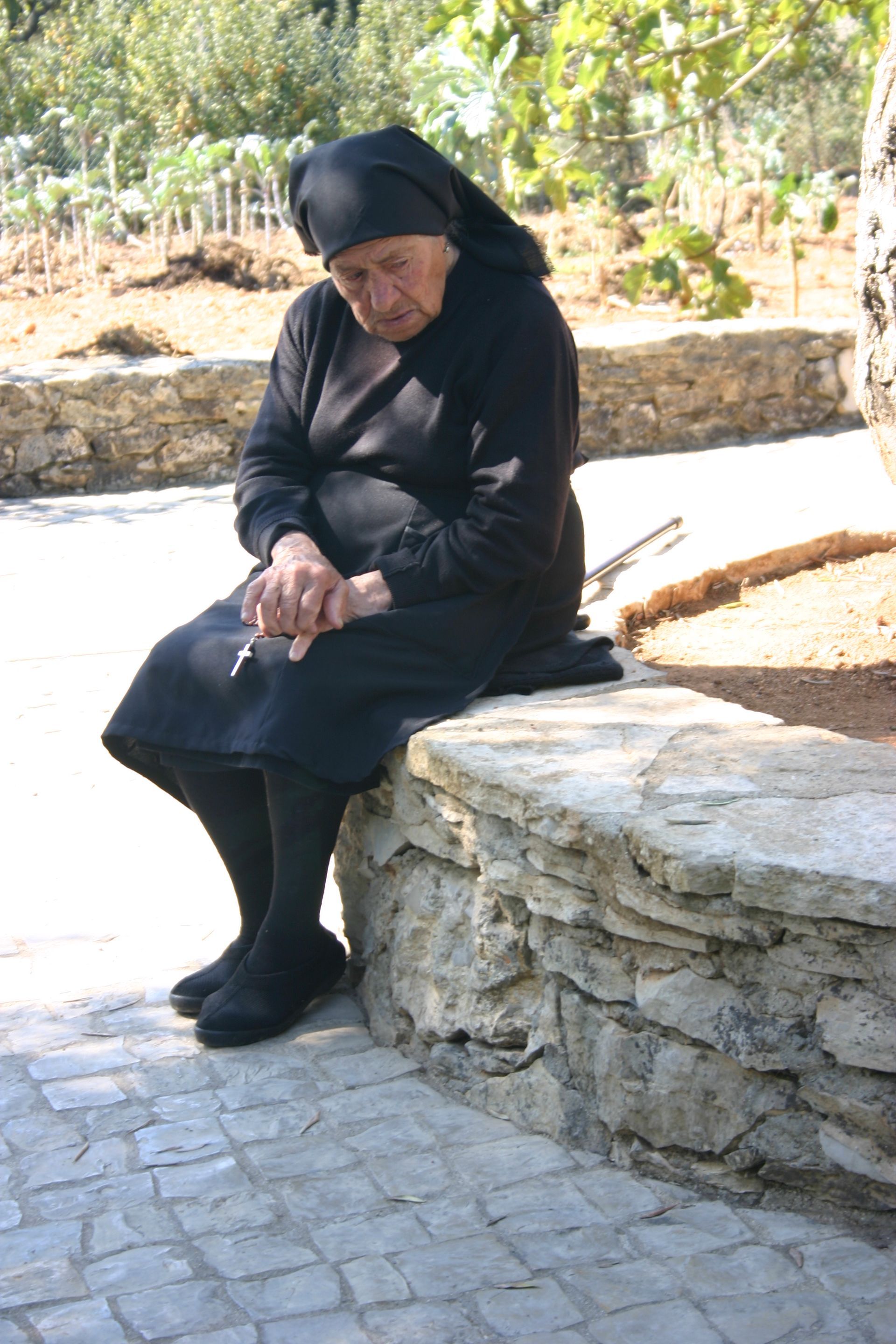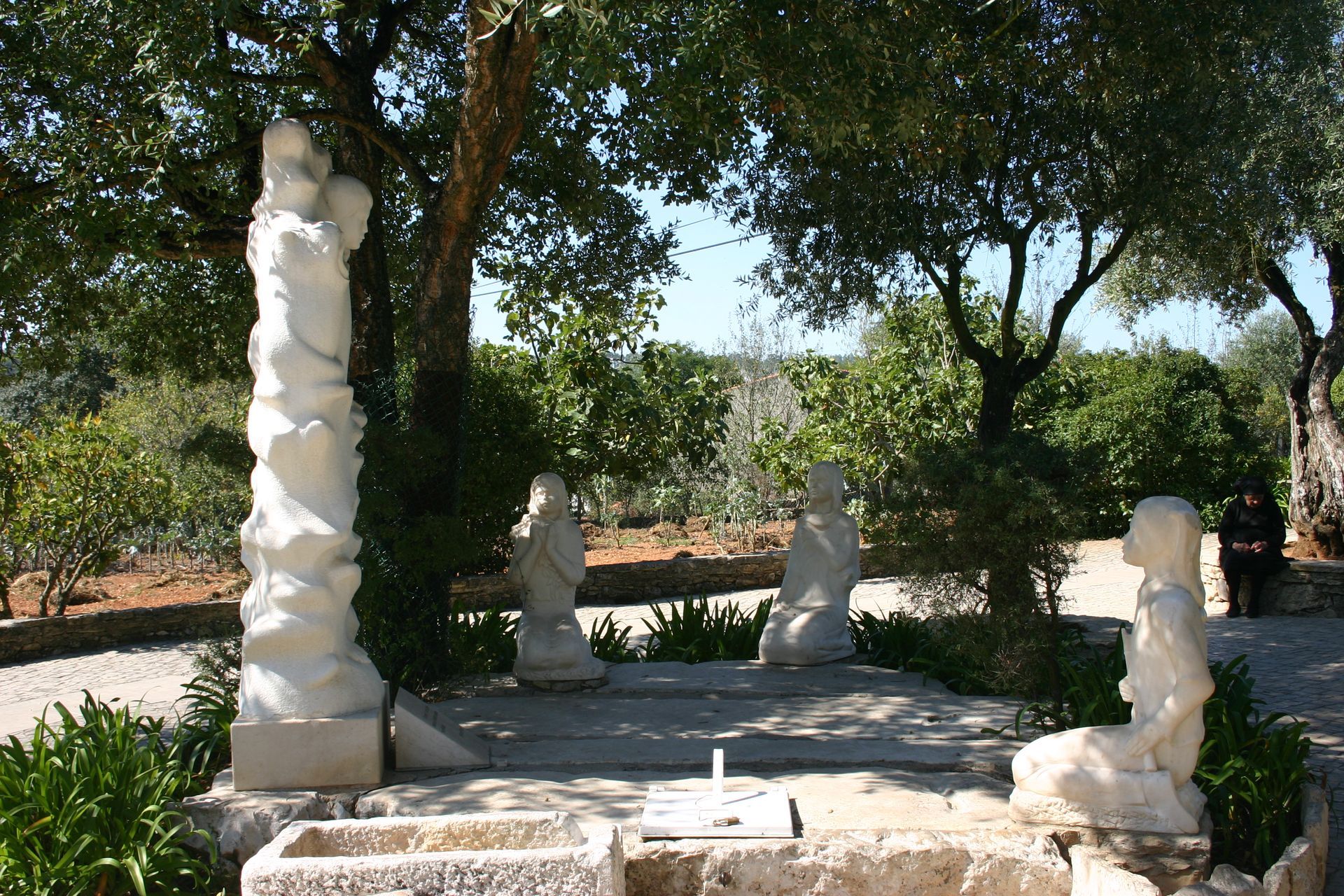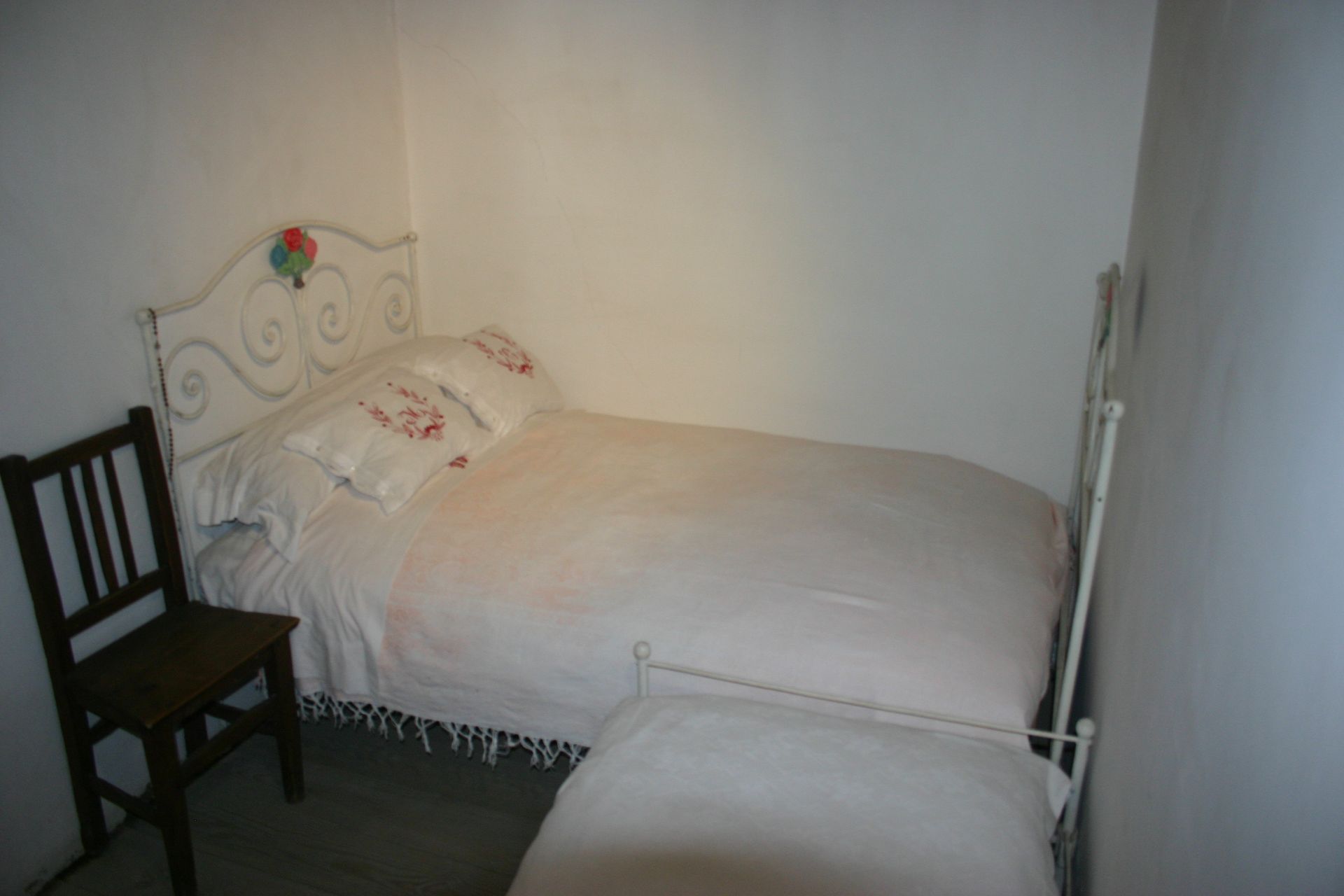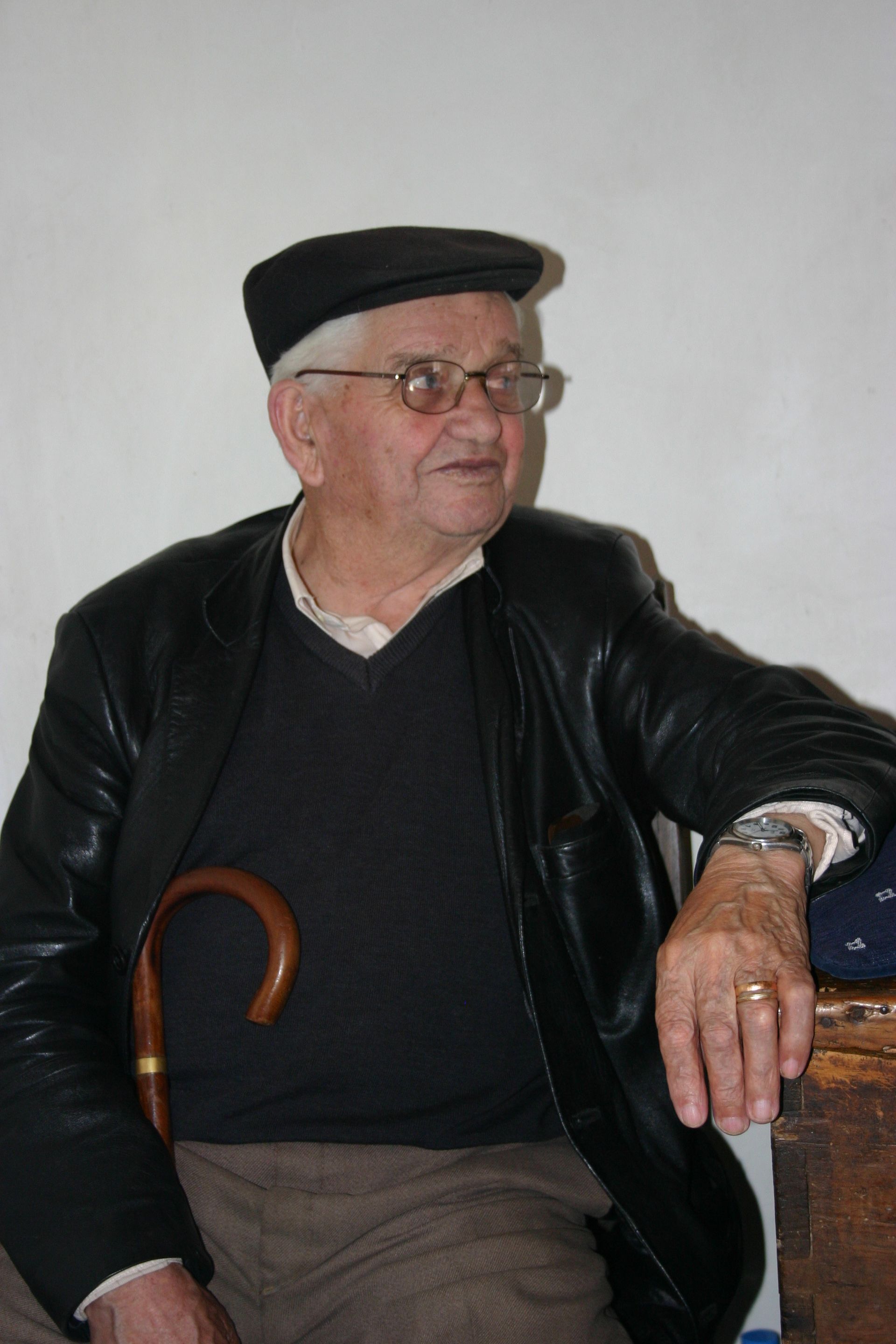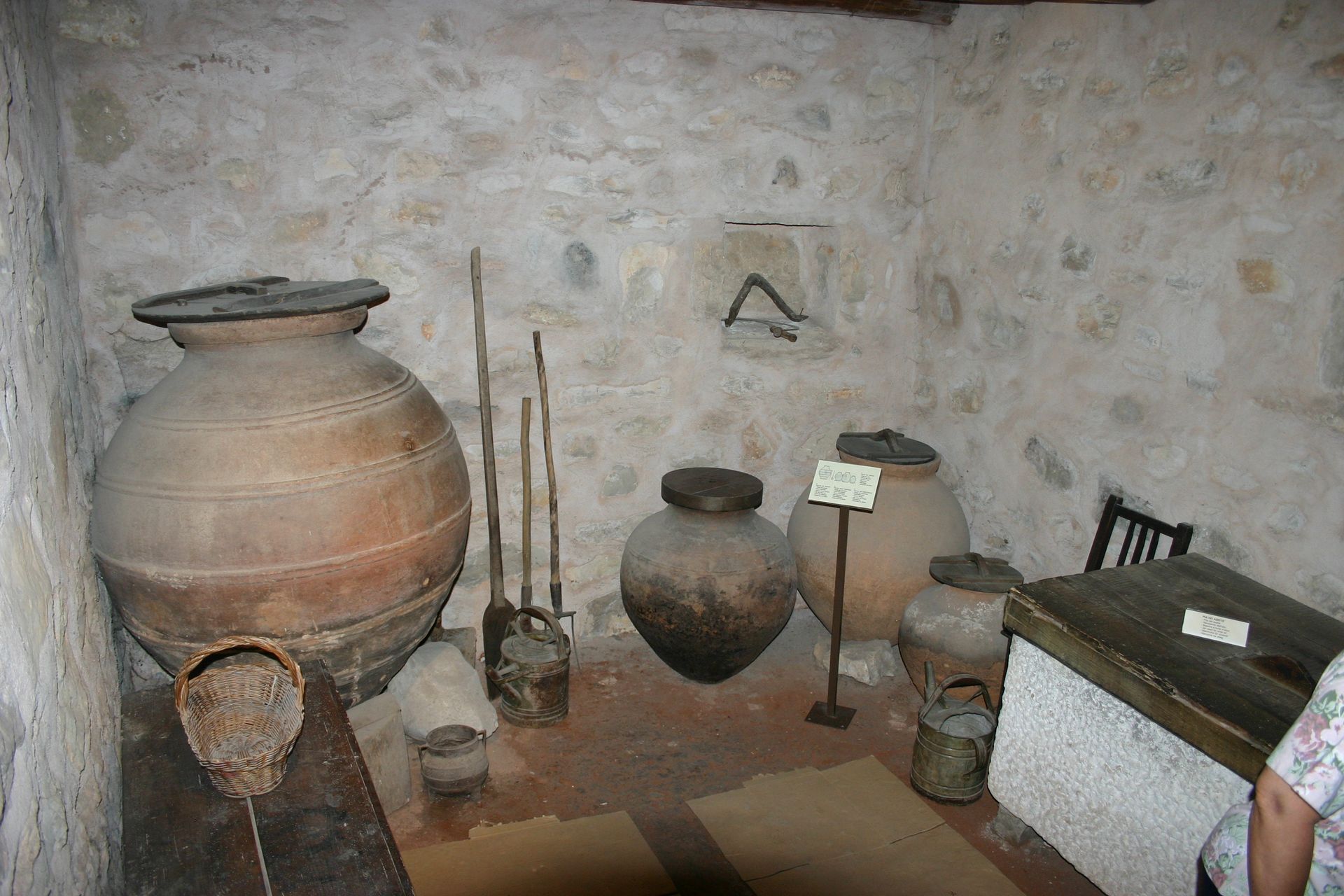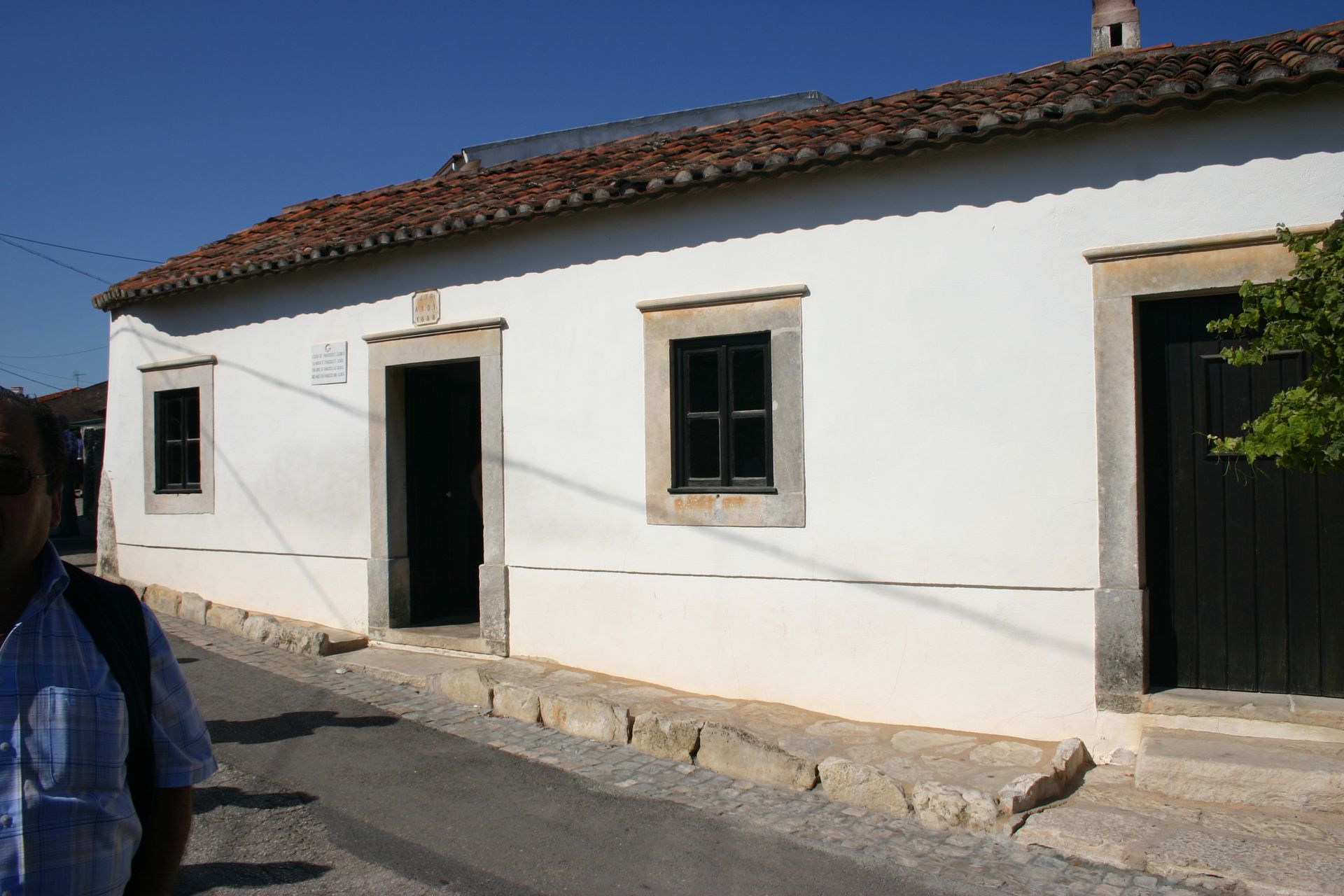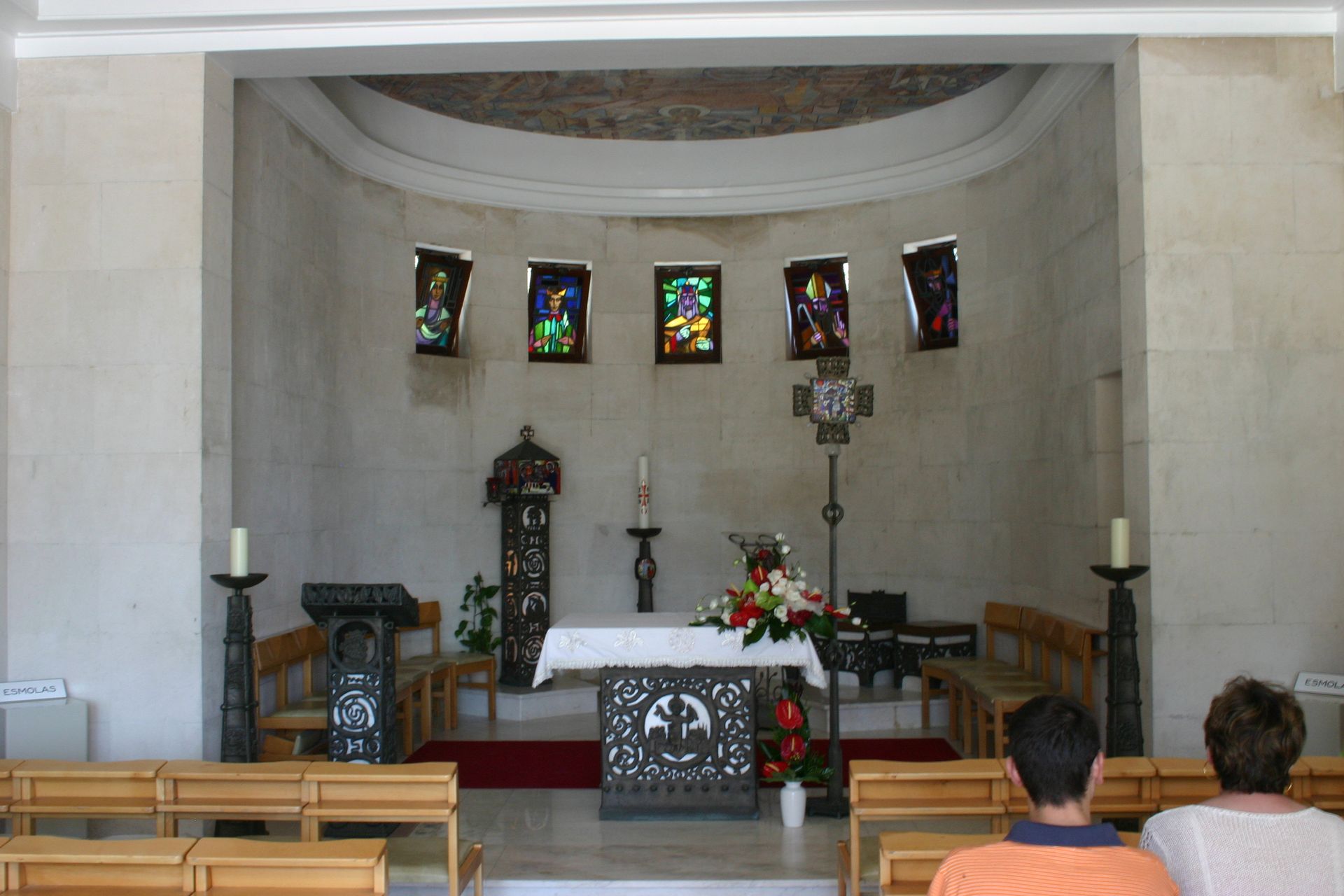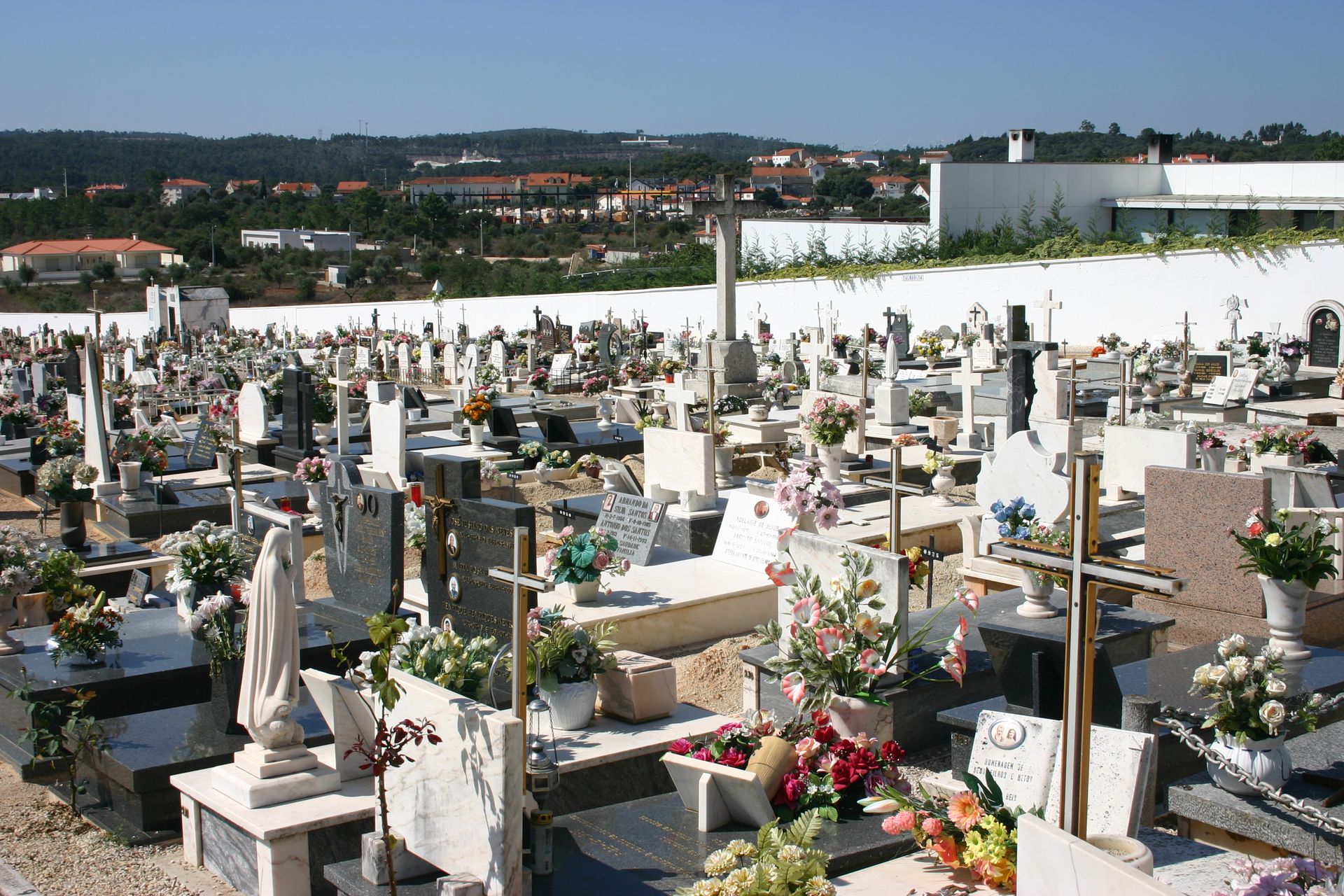Fatima in History
On 13 October 1930 Bishop Jose Correia da Silva of Leiria-Fatima issued a pastoral letter on the apparitions, which, after recounting the events at Fatima, contained the following brief but important statement:
In virtue of considerations made known, and others which for reasons of brevity we omit; humbly invoking the Divine Spirit and placing ourselves under the protection of the most Holy Virgin, and after hearing the opinions of our Rev. Advisors in this diocese, we hereby:
- Declare worthy of belief, the visions of the shepherd children in the Cova da Iria, parish of Fatima, in this diocese, from the 13th May to 13th October, 1917.
- Permit officially the cult of Our Lady of Fatima.
The consecration of Portugal to Our Lady of Fatima
In gratitude for the earlier statement and its subsequent developments, a monumental pilgrimage took place six months later, on 13 May 1931, gathering approximately 300,000 individuals in Fatima for a ceremony led by Cardinal Cerejeira, the Patriarch of Lisbon. During this significant event, all bishops of Portugal undertook the inaugural consecration of their nation. It was this consecration, along with that of 1938, which safeguarded Portugal from the violent assaults on the Church during the Spanish Civil War, while its renewal in 1940 helped protect Portugal from being engulfed in the horrors of the Second World War.
Construction of the Capelinha, the Chapel of Apparitions (1919-1921)
The construction of the Capelinha, the Chapel of Apparitions, began on 28 April 1919 and was completed on 15 June; the first Mass was celebrated there on 13 October 1921.
The pedestal on which the image of Our Lady stands in the Capelinha marks the exact spot where the little holm oak grew on which Our Lady appeared. In May 1922, Bishop Jose Correia da Silva of Leiria-Fatima, named a commission of enquiry to analyse the facts surrounding the Fatima phenomenon “with strictness and impartiality”.
on 13 January 1924, Mass was celebrated for the first time inside the Capelinha, while on 26 June 1927, the bishop presided for the first time at an official event—the inauguration of the 14 kilometre Way of the Cross to the Cova da Iria, where he celebrated Mass in the presence of 400 pilgrims.
Sr Lucia, becomes a postulant with the Dorothean Sisters (1925)
On 10 December 1925, Sr Lucia, who had become a postulant with the Dorothean Sisters, was at their convent in Pontevedra, Spain, when she saw another apparition, this time of Mary with the Child Jesus.
Mary told Lucia that she promised all the graces necessary for salvation to those who, on the first Saturday of five consecutive months, confessed, received Holy Communion, recited five decades of the rosary, and meditated on the rosary for fifteen minutes, all with the intention of making reparation to her Immaculate Heart.
Building commences on the Basilica of Our Lady of the Rosary of Fatima (1928)
Building work on he Basilica of Our Lady of the Rosary of Fatima was begun in 1928, and it was consecrated on 7 October 1953.
It has 15 altars dedicated to the 15 mysteries of the Rosary. The bodies of Jacinta and Francisco were moved to their present positions, to the left and right of the main altar, in the early 1950s, and Sr Lucia’s body was interred in the Basilica in 2008 next to Jacinta’s. The mortal remains of Bishop Correia da Silva, who died in 1957, are interred in the Chancel.
OUR LADY'S REQUEST FOR THE CONSECRATION OF RUSSIA TO HER IMMACULATE HEART
On 13 June 1929 Sr. Lucia, while at prayer in the convent chapel at Tuy, saw a vision of the Most Holy Trinity, with Mary standing on the altar displaying her Immaculate Heart in her left hand. It was on this occasion that Mary asked the Pope, in union with all the bishops of the world, to make the [collegial] consecration of Russia to her Immaculate Heart that she had announced during the July 1917 apparition. More information about this can be seen here ...
KEY FATIMA DEVELOPMENTS TIMELINE - 1930 ONWARDS
1930: Official Declaration: Church stance on Fatima
In virtue of considerations made known, and others which for reasons of brevity we omit; humbly invoking the Divine Spirit and placing ourselves under the protection of the most Holy Virgin, and after hearing the opinions of our Rev. Advisors in this diocese, we hereby:
1. Declare worthy of belief, the visions of the shepherd children in the Cova da Iria, parish of Fatima, in this diocese, from the 13th May to 13th October, 1917.
2. Permit officially the cult of Our Lady of Fatima.
1942: Pope Pius XII Consecration: World to Immaculate Heart of Mary
On 31 October 1942, during World War II, Pope Pius XII, speaking in Portuguese by radio, consecrated the world to the Immaculate Heart of Mary, with a special mention of Russia, in response to the request he had received in a letter from Sr Lucia. Some months later Sr Lucia said that as a result of this act, God promised to end the war soon.
1946: Our Lady of Fatima crowned Queen of Peace
On 13 May 1946, Cardinal Masella, the Papal Legate, crowned the Statue of Our Lady of Fatima in the Capelinha as Queen of Peace. This crown was made from gold melted down from wedding rings donated by the women of Portugal, and it also contains over 4,000 precious stones, which they contributed in thanksgiving for Portugal having been spared the horrors of the Spanish Civil War and the Second World War.
1950: The Dogma of Mary's Assumption
On 13 October 1951, Cardinal Tedeschini, who was in Fatima for the closing of the Holy Year, revealed that in October 1950, at the time when he had promulgated the dogma of Mary’s Assumption into heaven, Pope Pius XII had witnessed a repetition of the solar miracle of 13 October 1917, while he was walking in the Vatican gardens.
1964: the Most Blessed Mary Mother of the Church
Cardinal Roncalli, the Patriarch of Venice, and the future Pope John XXIII, presided at the ceremonies at Fatima on 13 May 1956, while, on 21 November 1964, Pope Paul VI, at the conclusion of the third session of the Second Vatican Council, proclaimed “the Most Blessed Mary Mother of the Church”; the Pope also considered it was “particularly opportune” to recall Pius XII’s consecration of the world to the Immaculate Heart of Mary; and bearing that consecration in mind, he announced before the 2,500 Council Fathers, that a Golden Rose was to be presented to the Sanctuary of Fatima (this act was carried out on 13 May 1965 by Cardinal Cento, the Papal Legate); and the Pope concluded his address by proclaiming, “to your Immaculate Heart, O Mary, we commend the entire human race”.
1967: 50th Anniversary of Our Lady's first Apparition
Pope Paul VI came to Fatima on 13 May 1967 to celebrate the 50th anniversary of Our Lady’s first Apparition, and to pray for world peace and Church unity. In a significant sign of papal approval for the message of Fatima, the Pope invited Sr Lucia to join him on the external altar in front of the crowds, and in his Apostolic Exhortation Signum Magnum, issued on the same day, Paul VI urged “all members of the Church to consecrate themselves once again to the Immaculate Heart of Mary and to translate this pious act into their daily lives”.
1977: Cardinal Luciani (future Pope John Paul I) - Pilgrimage to Fatima
Ten years later, on 10 August 1977, the future Pope John Paul I, Cardinal Luciani, Patriarch of Venice, came on pilgrimage to Fatima.
VIDEO ON FATIMA
THE WORLD APOSTOLATE OF FATIMA
ENGLAND & WALES
The World Apostolate of Fatima England and Wales is an autonomous entity that aims to foster a genuine understanding and embrace of Our Lady’s message, grounded in a commitment to God’s commandments and loyalty to the Church. It consistently acts with the endorsement of the Bishops' Conference or the local Ordinary, as well as the permission of the parish priest.
MORE ABOUT OUR ASSOCIATION
The World Apostolate of Fatima England and Wales is a Public International Association of the Christian faithful. These associations of believers are erected by the Holy See, which alone can receive a mission to teach Christian doctrine in the name of the Church, promote public worship or pursue a purpose which by nature is reserved to ecclesiastical authority (canon 301 §1).
Public associations are able on their own initiative to undertake endeavours in keeping with their own character and according to their statutes, under the higher direction of the competent ecclesiastical authority. As a public association, the members act in the name of the Church when fulfilling the purpose of the association, and they commit themselves to become faithful witnesses of the Catholic faith in their families, at work, in their parishes and communities, participating in this way in the “New Evangelisation”.
Vatican Council II, and later post-conciliar teaching, has given special attention to the new forms of association of the Christian faithful and their participation in the life of the Church. In his Apostolic letter,Novo millennio ineunte, Blessed John Paul II wrote about the great importance of “the promotion of forms of associations, whether of the more traditional kind or the newer ecclesial movements, which continue to give the Church a vitality that is God’s gift and a true “Springtime of the Spirit” (46).
The Apostolate’s spirituality is simply to live Our Lady’s message, and to cause it to be lived. The meaning of the message was defined in the following words by the former Bishop of Leiria-Fatima, Alberto do Amaral (1916-2005):
“To know the message is to know the Gospel, to live the message is to live the Gospel. To accept the Message is to accept Revelation as interpreted by the authentic Magisterium of the Church. There is almost no article of the Faith of the Church which is not reaffirmed, explicitly or implicitly, in the message ofFatima, understanding this in its widest and deepest sense”. (From Bishop Amaral’s Prologue, dated 13 August 1991, to the work by Fr Fernando Leite, SJ, Francisco of Fatima, p. 5)

